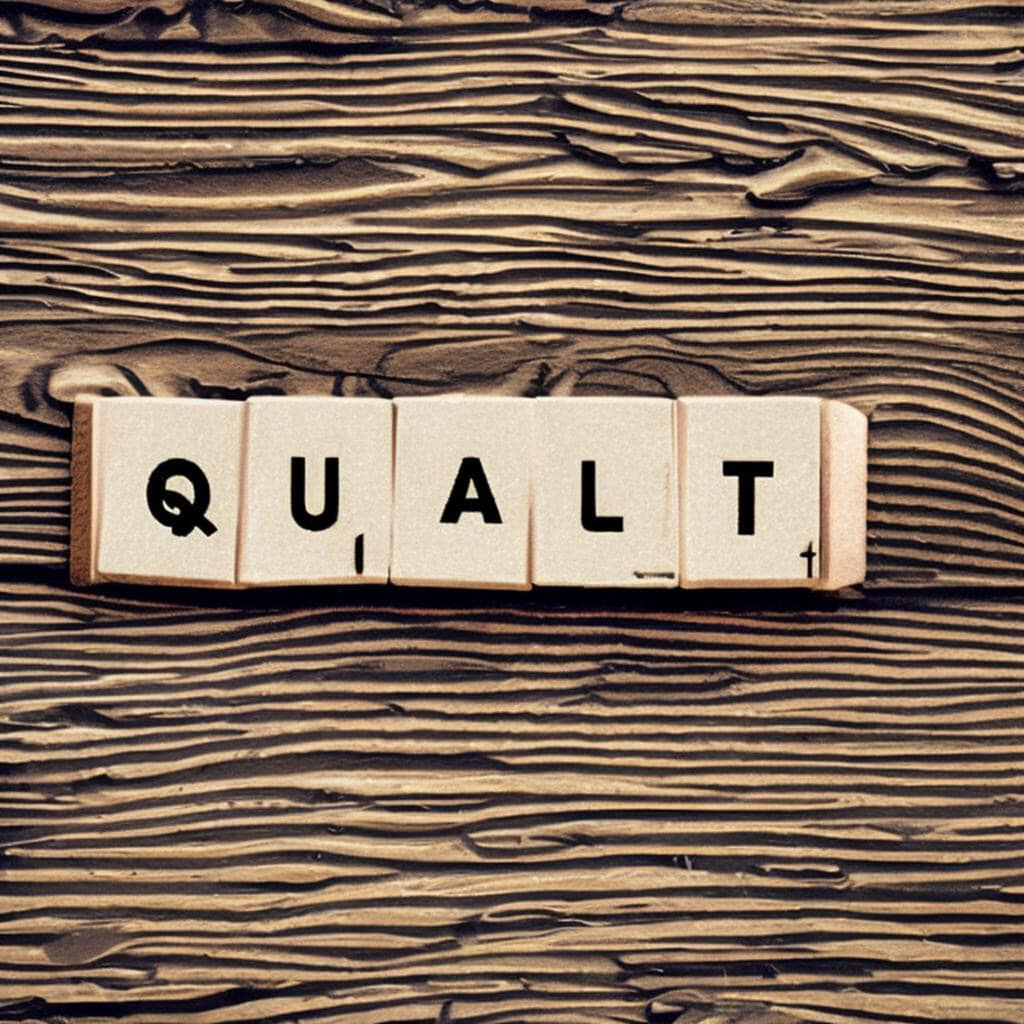Criteria for Quality Information
What information should be
Information is a fundamental aspect of human existence. From our daily interactions to our professional careers, we rely on information to make decisions, solve problems, and achieve our goals. However, not all information is created equal, and it is important to distinguish between what is useful and what is not. In this article, we will discuss what information should be and the criteria that can be used to evaluate the quality of information.
Accuracy
The accuracy of information is crucial. Accuracy refers to the degree to which information reflects reality. If information is inaccurate, it can lead to poor decision-making, wasted time and resources, and potential harm to individuals or society. Therefore, it is important to ensure that information is sourced from reliable and credible sources.
Reliability
Reliability is another important aspect of information. It refers to the degree to which information can be trusted to be consistent and dependable. Reliable information is free from errors, bias, and inconsistencies. In contrast, unreliable information can lead to confusion, misunderstandings, and mistrust. Therefore, it is important to verify the accuracy of information and ensure that it comes from a trustworthy source.
Relevance
Information that is relevant is useful and applicable to the situation at hand. It is important to ensure that the information being used is appropriate for the purpose it is being used for. This can be achieved by considering the context in which the information is being used and evaluating whether it is appropriate and applicable.
Completeness
Completeness refers to the degree to which information contains all the necessary details and components. Incomplete information can lead to misunderstandings and flawed decision-making. Therefore, it is important to ensure that information is comprehensive and includes all the necessary details.
Timeliness
Timeliness is an important aspect of information. It refers to the degree to which information is up-to-date and relevant to the current situation. Timely information can provide valuable insights and help individuals and organizations make informed decisions. Therefore, it is important to ensure that information is current and relevant.
Clarity
Clarity refers to the degree to which information is clear, concise, and easy to understand. Complex or ambiguous information can lead to misunderstandings and confusion. Therefore, it is important to ensure that information is presented in a clear and understandable manner.
Objectivity
Objectivity refers to the degree to which information is free from bias and personal opinions. Objective information is important for making informed decisions and evaluating situations without personal biases. Therefore, it is important to ensure that information is objective and free from personal biases.
Factual
Ensuring that information is factual is a critical aspect of accuracy and reliability. Factual information is grounded in verifiable evidence and can be proven to be true or false. It is important to verify the facts and sources of information, as inaccurate or false information can have serious consequences. In today’s world, where misinformation and disinformation can spread rapidly through social media and other channels, it is essential to be vigilant about the accuracy and factual basis of the information we consume and share.
Information is a crucial aspect of human existence. It is important to ensure that information is accurate, reliable, relevant, complete, timely, clear, factual and objective. By evaluating information based on these criteria, individuals and organizations can make informed decisions, solve problems, and achieve their goals. It is important to take the time to verify the accuracy and reliability of information and ensure that it comes from a trustworthy source. Ultimately, the quality of information can determine the success or failure of an individual or organization, making it a vital aspect to consider in all aspects of life.
Key characteristics, consequences, keywords, and points of action for preserving correct information
| Characteristics | Consequences | Keywords | Points of Action |
| Accuracy | Poor decision-making, wasted time and resources, potential harm to individuals or society | Verification, credibility, reliability | Verify the accuracy and credibility of information and ensure that it comes from a trustworthy source. |
| Reliability | Confusion, misunderstandings, mistrust | Consistency, dependability, objectivity | Ensure that information is reliable, free from errors, bias, and inconsistencies. |
| Relevance | Useless information, ineffective decision-making | Applicability, appropriateness | Consider the context in which information is being used and evaluate whether it is appropriate and applicable. |
| Completeness | Misunderstandings, flawed decision-making | Thoroughness, comprehensiveness | Ensure that information is comprehensive and includes all the necessary details. |
| Timeliness | Informed decision-making, valuable insights | Up-to-date, relevant | Ensure that information is current and relevant to the current situation. |
| Clarity | Misunderstandings, confusion | Understandability, conciseness | Present information in a clear and understandable manner. |
| Objectivity | Biased decision-making, personal opinions | Impartiality, neutrality | Ensure that information is objective and free from personal biases. |
| Context | Misinterpretation, biased decision-making | Significance, relevance, circumstances | Consider the context in which information is presented and its significance and relevance. |
| Transparency | Monopolization, bias, falsification | Openness, accessibility | Make information transparently accessible to all individuals or organizations, regardless of their size, wealth, or influence. |
| Verification | Inaccurate, unreliable information | Fact-checking, independent audits | Verify the accuracy and reliability of information through fact-checking and independent audits. |
| Multiple sources | Bias, falsification, monopolization | Diverse perspectives, cross-checking | Source information from multiple sources and cross-check and verify against other sources. |
| Collaboration | Bias, monopolization | Diversity, knowledge-sharing | Collaborate among diverse groups to prevent monopolization and promote the sharing of knowledge and resources. |
| Ethics and integrity | Bias, manipulation | Fairness, honesty, disclosure | Present information in a fair and unbiased manner and disclose any conflicts of interest. |
| Education and awareness | Misinterpretation, misinformation | Knowledge, awareness | Educate individuals on how to identify and evaluate reliable sources of information and how to detect bias or falsification. |
| Preservation techniques | Deterioration, damage | Microfilming, digitizing, conservation methods | Use preservation techniques such as microfilming, digitizing, and conservation methods to prevent deterioration and damage. |
| Regular maintenance | Neglect, data loss | Cleaning, inspections | Regularly maintain and inspect information and storage devices to prevent damage or data loss. |
| Backup copies | Data loss, hardware failure | Duplication, microfilming, photocopying | Create backup copies of information, both physical and digital, to prevent data loss due to hardware failure or other issues. |
By following these points of action, we can ensure that correct information is preserved, and that decision-making is informed by accurate and reliable information, while also preventing monopolization, bias, or falsification of information.

Thank you for questions, shares and comments!
Share your thoughts or questions in the comments below!
Text with help of openAI’s ChatGPT Laguage Models & Fleeky – Images with help of Picsart & MIB






